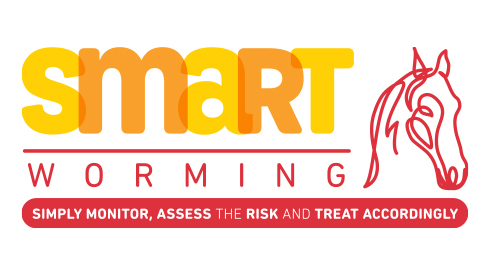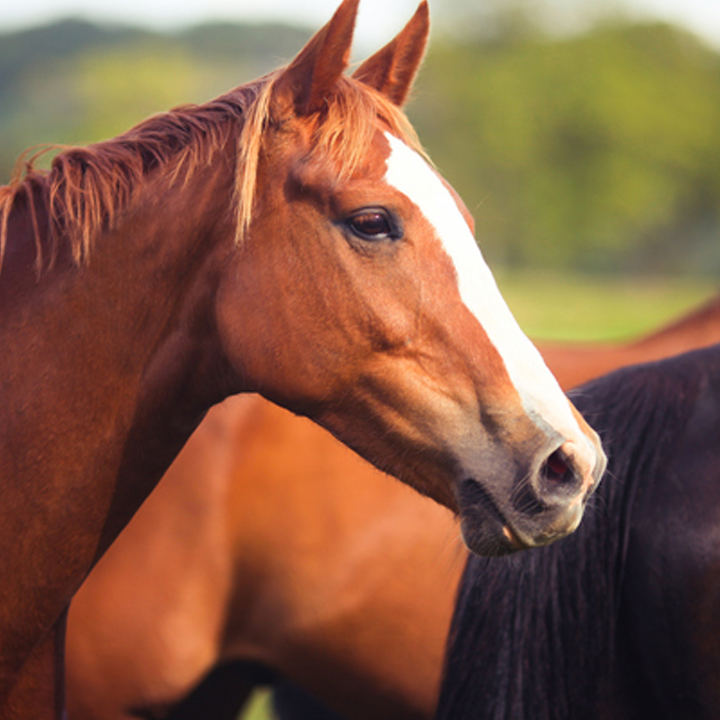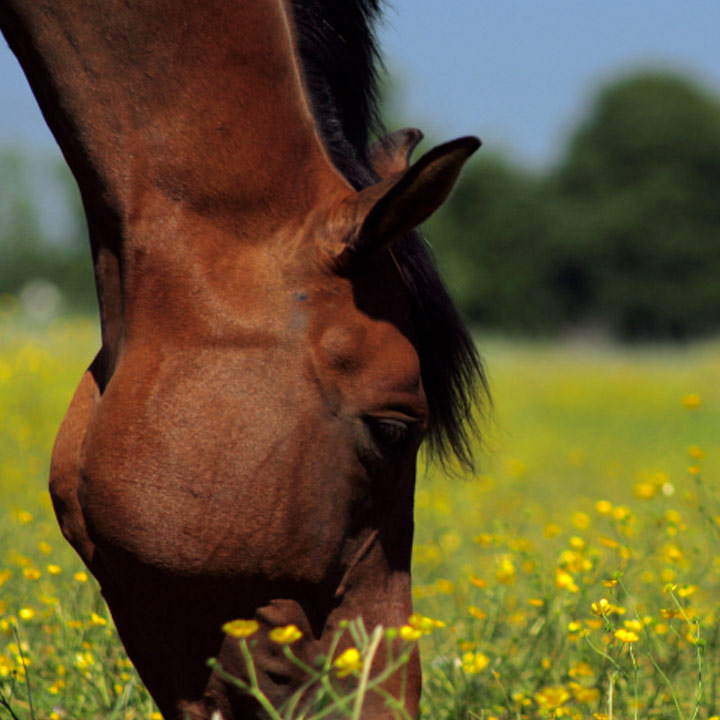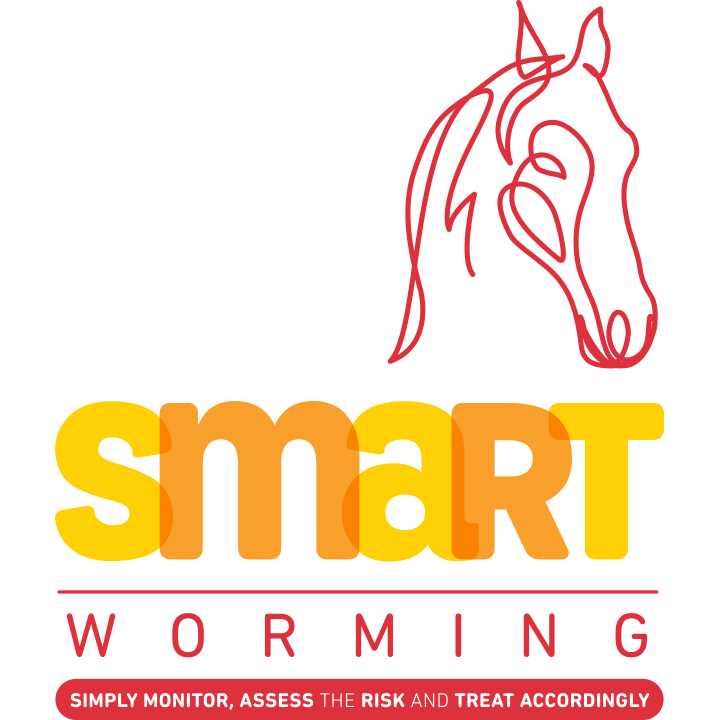Simply monitor
Assess the worm burden and treatment needs of each horse individually
- Faecal egg count (FEC) every 8-12 weeks through the grazing season
- Test for tapeworm in autumn (and spring if at increased risk)
- Consider testing for encysted redworm in autumn





